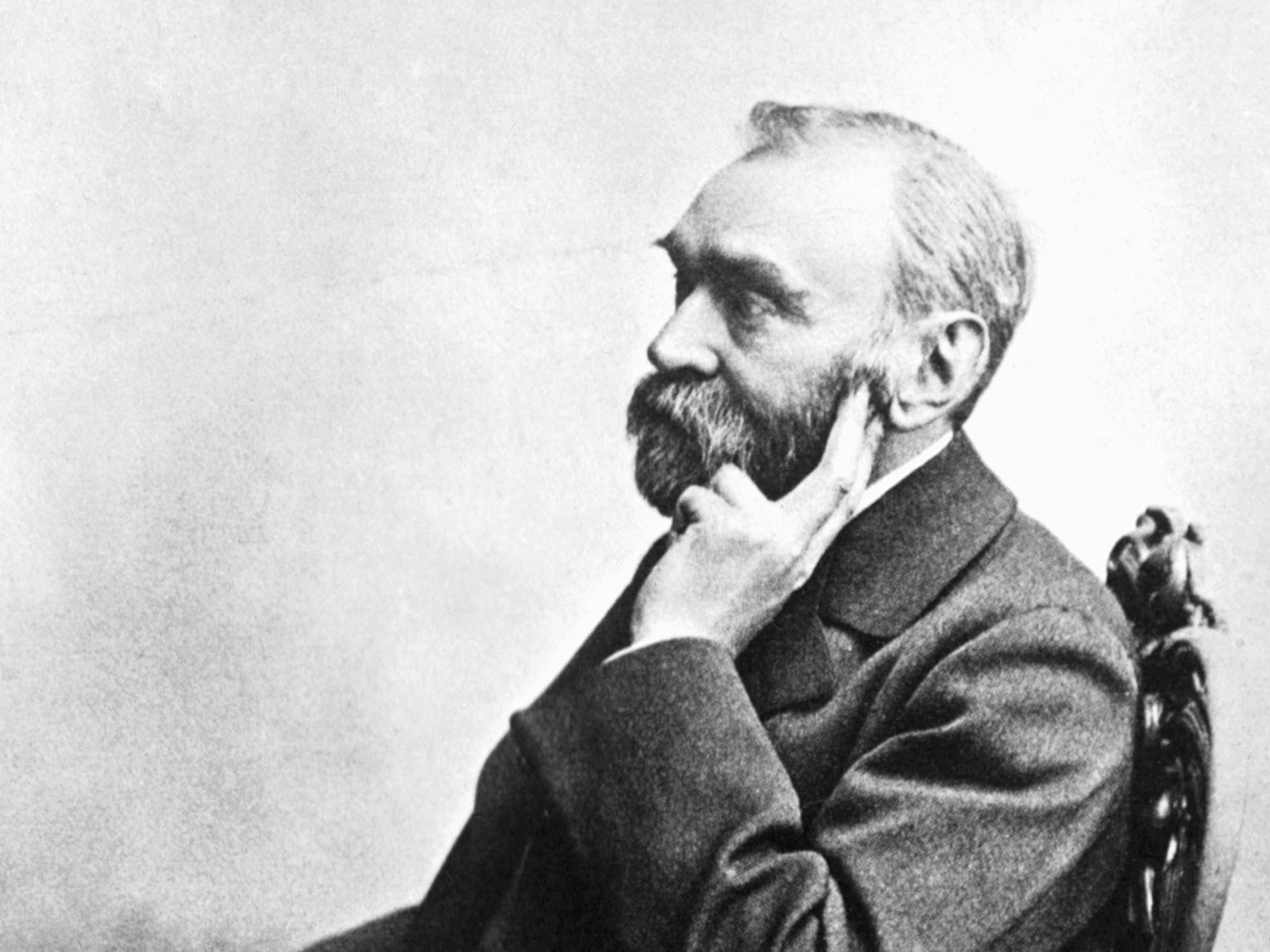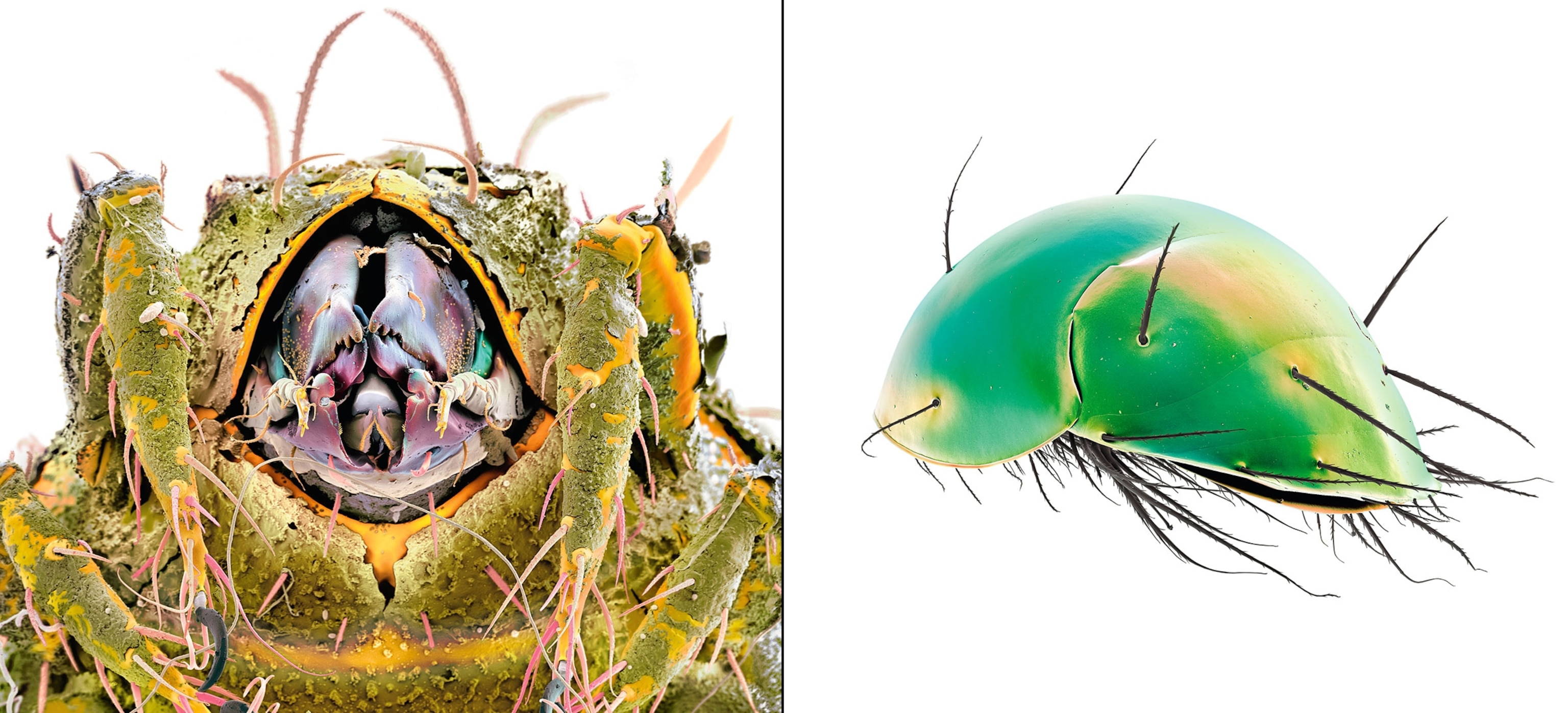
Dr. Oeggerli’s Beautiful Little Monsters
Some people find Dr. Martin Oeggerli’s monsters a little frightening. I see beauty in them, perfectly shaped by evolution. I also see a hint of Charles Darwin and Albrecht Dürer: the scientist and the artist.
Mites don’t have a particularly nice reputation, but how well do we really know them?
Oeggerli wants to help us to see past our preconceptions and beyond the limits of our own eyes. With a scanning electron microscope (SEM), he explores the microcosmos—the tiny, unseen world that’s smaller than the period at the end of this sentence. There he finds exotic creatures with endless forms of evolutionary specialization. These creatures are perfectly adapted to their environment, by their environment.
When Darwin published The Origin of Species in 1859 he was not writing for an elite group of scientists. He was speaking to the rest of us. Darwin challenged the public to see and understand the natural world in a wholly new way.
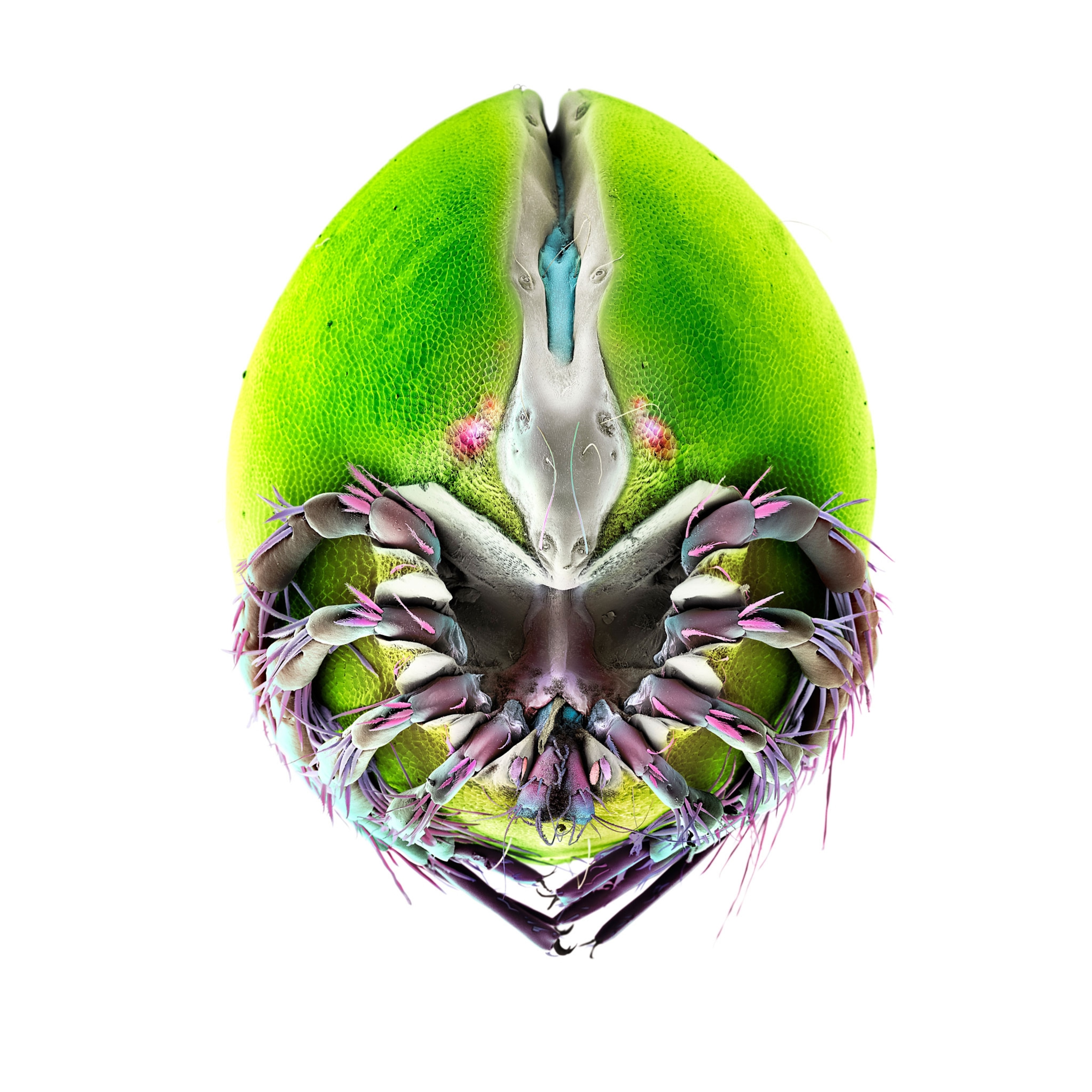
Oeggerli, who studied zoology and has a Ph.D. in cancer research, seems to be following Darwin’s lead by exploring the biodiversity of the invisibly small world and inviting us along on his journey.
His work also reminds me of Dürer’s rhinoceros. This strange creature, unknown to Europe in 1515, captured the imagination of the entire continent partly because the artist’s famous etching made it visible. Whatever his work of artistic interpretation lacked in accuracy, it made up for with its sheer beauty, its strangeness, and its power to inspire the imagination.
Dürer was an artist drawn toward science, or at least animated by its principal ingredient: curiosity. Oeggerli is a man of science drawn toward artistic interpretation: Art multiplies science for him.
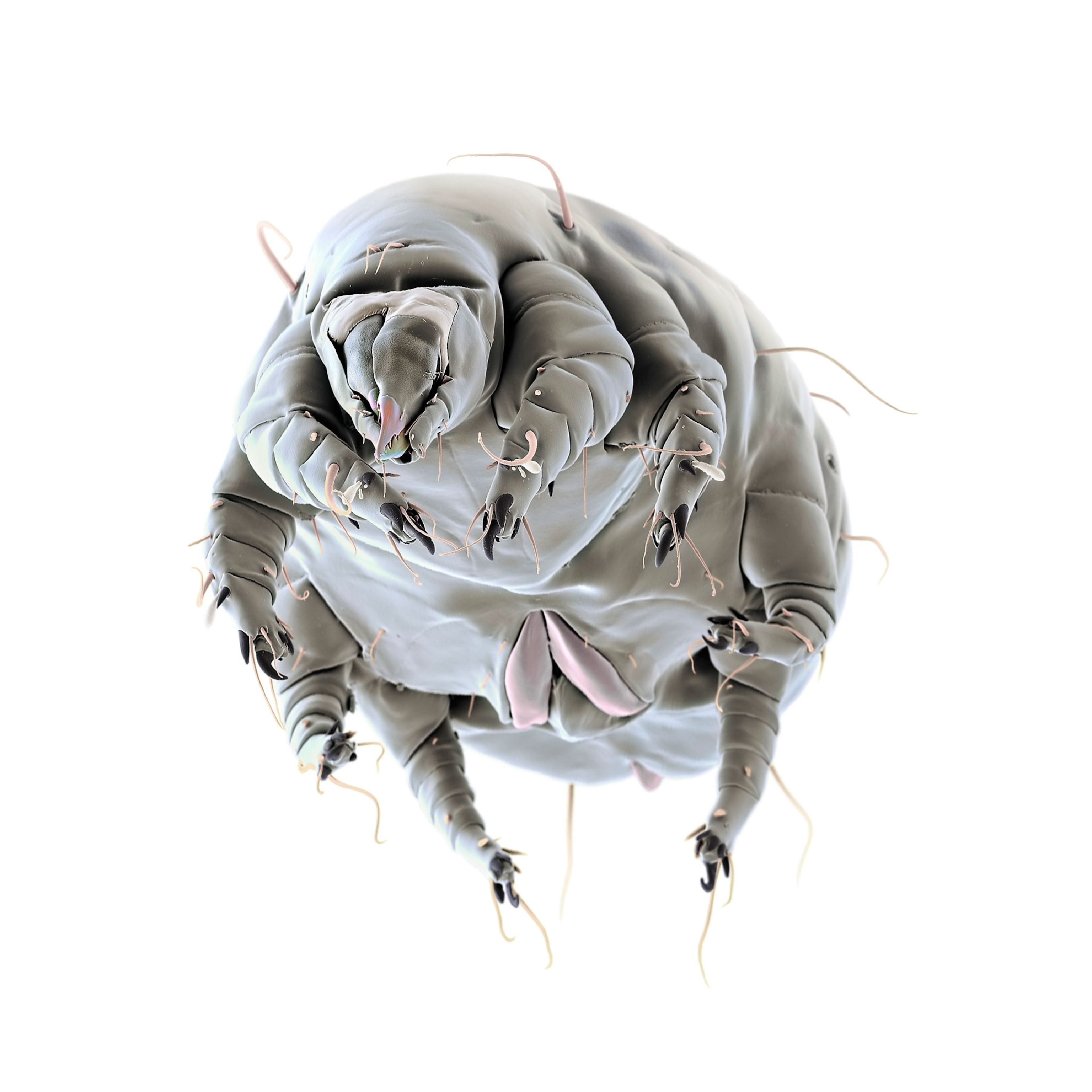

So how does he do it?
Oeggerli’s photographs can take several months to create. In fact, the images in this month’s National Geographic storythis month’s National Geographic storythis month’s National Geographic story took three years to complete.
Oeggerli works closely with research scientists to obtain specimens that are in good condition. Each sample has to be carefully dried using special solvents to maintain its natural shape and appearance. It is then coated with a thin layer of gold.

Several specimens are mounted on special tape before being put into the vacuum chamber of the SEM. Images are created in total darkness: A beam of electrons scans the surface area of the sample.
Pixel-by-pixel and line-by-line receptors detect electrons that are emitted from the sample during the analysis, creating an extremely high-resolution, black-and-white topographic image.
Oeggerli carefully selects angles that capture the unique characteristics of each mite, then applies realistic color to the images based on information obtained with an optical microscope. He uses color variation to enhance the unique structural qualities of the specimen.
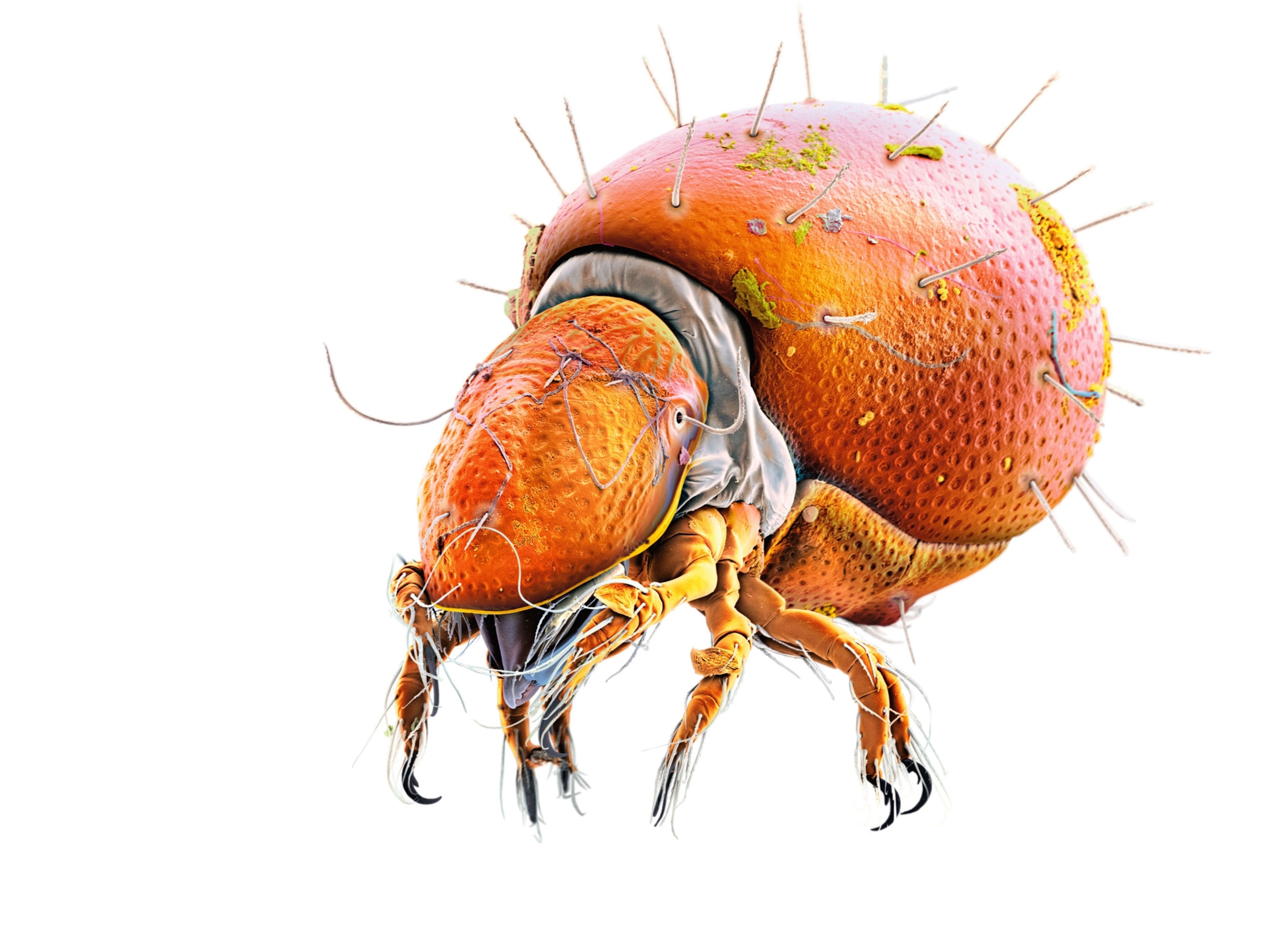
The results are lifelike, fantastical, and awe-inspiring all at once.
With his mite images, Oeggerli builds on the centuries-old traditions of Darwin and Dürer—blending science and art with modern technology, using his endless curiosity to inspire a new generation to explore the complexity and beauty of nature too small for us to see.
*****
Martin Oeggerli’s photos are featured in the story “Mighty Mites” in the February 2015 issue of National Geographic magazine.
Todd James has been a photo editor for National Geographic magazine since 1996. He says, “Nature seems divine to me. Science helps me understand it better.”
